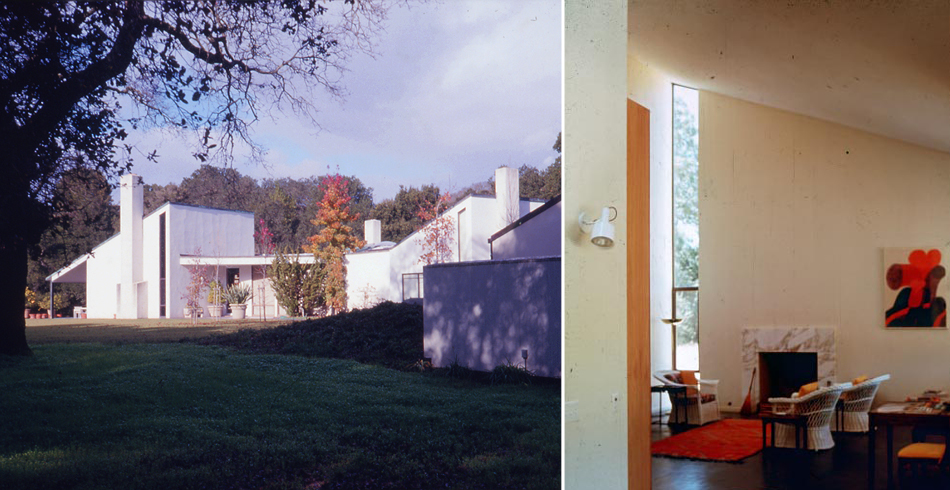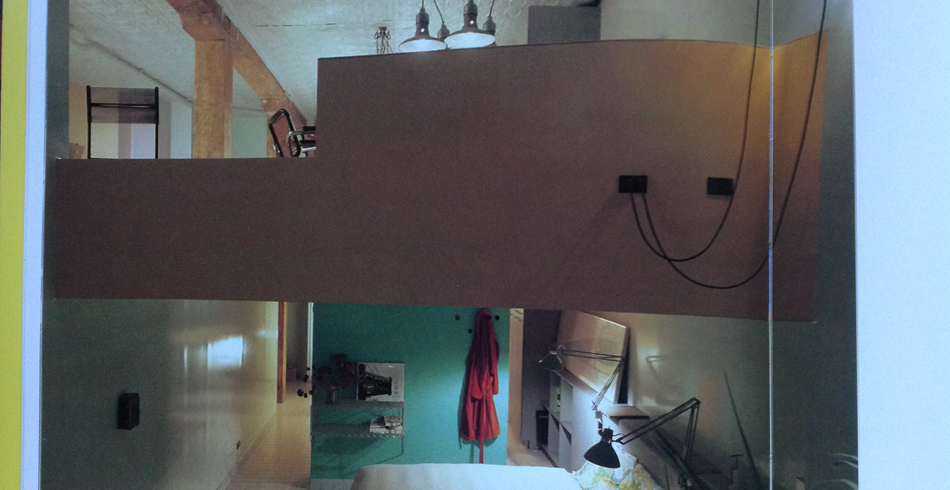Connecting the Dots
Sometimes it takes a while to connect the dots…
My partners and I hold our shareholder’s meetings in different places every Fall. This is a time for reflecting on the past year and setting the vision for the future. We go to new places to be inspired by nature, cities, design, architecture, and whatever else we encounter along the way. We’ve been to places as diverse as London, Berlin and the San Juan Islands and once even held our meetings on Amtrak’s Coast Starlight. One of these meetings was recently held in Mexico City— the closest mega city we could find with parallels to Mumbai, where we’ve recently established an office. While in Mexico City, I was fortunate to visit Luis Barragán’s house. The house revealed a few things to me about its architect, and by association, two of my mentors – Joseph Esherick and Alan Buchsbaum – and the impact they had on me and my work.
Mexico City has a population of over 21 million. A fine case study for learning how people live, how they cope, and how architects and urban designers deal with a growing city in a more environmentally conscious age. For anyone who hasn’t visited this metropolis in the last 20 years, it’s worth a trip. The air is cleaner; people dine on sidewalks in trendy neighborhoods where design reigns supreme. This changing landscape is the product of a growing talent pool of young Mexican architects and designers, making a mark on an evolving city from high rises and mega developments to large civic parks.
Increasingly, we find ourselves reaching out to local practitioners in the places we visit in order to engage in dialogue, learn what they’re doing and share more about our practice in the States. In the Mexico City meeting we initiated a round table discussion held at the Barragán House, attended by a lively, conversant group of local practitioners and educators. We were treated to snacks and fine tequila courtesy of the caretaker’s family distillery. The lively discussion was preceded by a tour of the house, led by a young Barragán scholar. In Mexico, Pritzker Prize winner Barragán is the godfather of architecture and his spirit looms large. He reverred among the young generation of architects in a way that Legoretta, heavily influenced by Barragán and far more prolific, is not.
I was struck by the similarity of light quality here as in Joseph Esherick’s classic houses. Panels over windows modulate light and blend into the wall surfaces, not unlike those found in Esherick’s Cahill House in Woodside, CA. Views to nature are carefully composed for that view, and not in the service of crafting the most balanced elevation. Planes of sharp color define spaces and influence one’s perception of adjacent white surfaces, depending on time of day. Alan Buchsbaum, a master of color in his own right was known to have been influenced by Barragán. Buchsbaum, a far less private and religious man than Barragán, also chose to have his studio under the same roof as his home, with a both a ceremonial, and far less formal way to move between the two. In fact, what struck me most about Barragán is not apparent looking at photos and plans of his work: Barragán was a choreographer and his architecture is defined by how one moves from room to room, never passing through corridors.
Upon reflection after the trip, it occurred to me that both Esherick and Buchsbaum, like Barragán, shared fascination with space over form and both appear to have been influenced by him. Buchsbaum, an architect and designer in NY, made his reputation re-appropriating industrial loft spaces in what would become known as the high tech style of the 1970s. His designs created colorful safe havens from the city for actors, artists, and performers – his friends and clients. Esherick eschewed form for form’s sake and worked from the inside out, carefully positioning a house to take full advantage of the site, without destroying it in the process. His designs were crafted to follow movement through the house, the dynamic movement of the sun, the nuance of daylight, and carefully framed views of that Northern California landscape.
I don’t know if either ever visited “Casa Barragán” or met Luis himself but their debt to him seems apparent, to me anyway. I can’t help but think that what struck me most about Barragán’s house is what I learned long ago from Joseph Esherick and Alan Buchsbaum.




